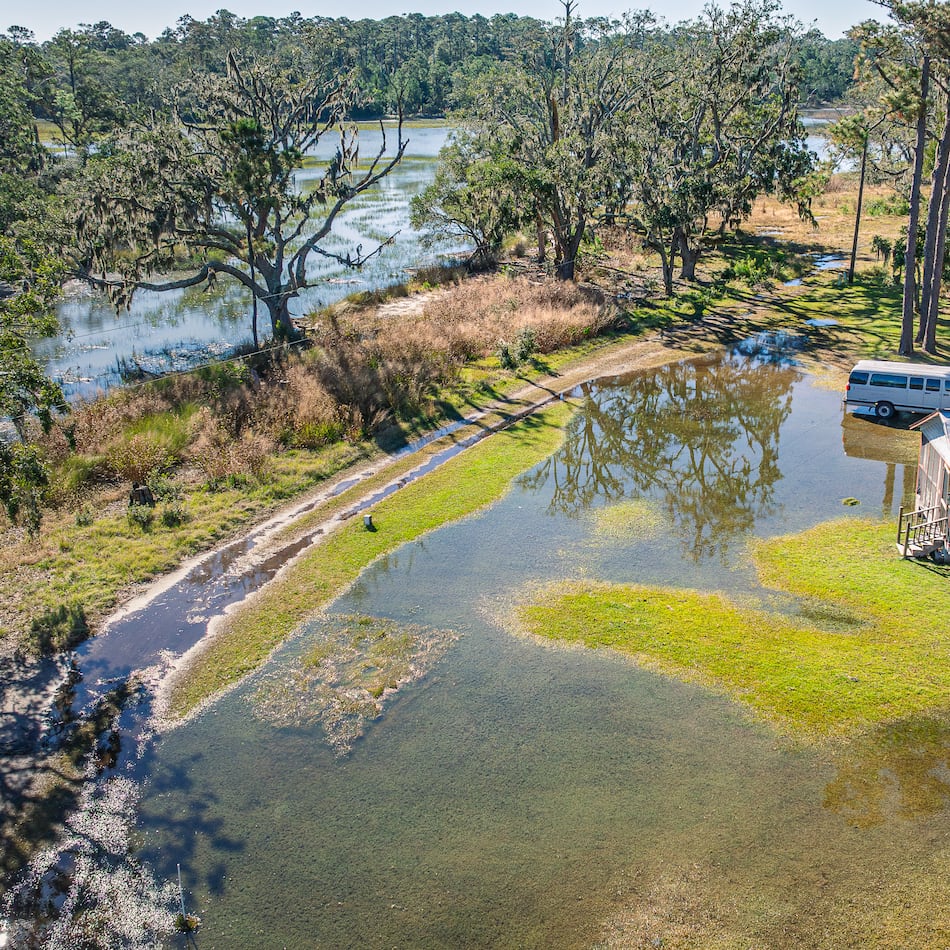Happy New Year. As if to start the year off right, we are in the midst of an “irruption” in Georgia. Not to be confused with eruption, an irruption is an unusual, irregular movement of birds in large numbers out of their normal winter range.
This winter is shaping up as an irruptive season for a couple of species, purple finches and pine siskins. Normally, these birds stay farther north during the winter; some winters, they might not show up at all in the state.
They may head South in large numbers when their food supply dwindles or weather conditions become too harsh in their Northern winter haunts. In particular, the finches, which include the siskins, may irrupt when the conifer seeds and deciduous berries they depend on during the winter fail up North, usually after a dry summer.
When the birds do come South, their presence adds a level of excitement to winter birding. For instance, Marietta birder Bob Zaremba and I saw some large flocks of siskins during the recent Atlanta area Christmas bird count. They proved to be one of the highlights of the count.
The Georgia birders’ chat line also has been full of reports of irruptive bird sightings in recent days:
-- Bill Schmid, Ellijay: “Around 8:15 a.m. my feeders and surrounding area were swarmed with between four to five score of pine siskins. ... What a sight.”
-- Doris Cohrs, Darien: “Wow! What to my wondering eyes should appear but one Mighty Mite, better known as a pine siskin, on the platform feeder. Long time no see here.”
-- Rebecca Kerimbaev, Decatur: “What a Christmas present. I've been birding on and off for 20 years, and don't remember ever seeing purple finches until today. Saw a male and females at my feeder alongside house finches. ... What a treat.”
Many folks, by the way, tend to get purple finches mixed up with similar-looking house finches, which are much more common in Georgia and live here year-round.
Another irruptive species, the evening grosbeak, also has shown up in Georgia this winter. One of them has been appearing at a feeder in Whitfield County and drawing birders from far and wide to see it. In addition, the red-breasted nuthatch, also an irruptive species, seems to be appearing in higher numbers in Georgia this season.
Before winter ends, we also may see other irruptive species such as the red crossbill and northern shrike.
In the sky: One of the best meteor showers of the year, the Quadrantid, will be visible most of next week and could reach reach a maximum of 100 meteors per hour Tuesday night. Look to the north throughout the night, said David Dundee, astronomer with Tellus Science Museum. The moon will be new on Monday. By Tuesday, look for a thin crescent low in the west just after dark. Mercury rises out of the east just before dawn. Venus, now the morning star, rises out of the east about three hours before dawn. Jupiter is high in the southwest at sunset and sets about four hours later. Saturn rises out of the east about four hours before sunrise.
About the Author
Featured
